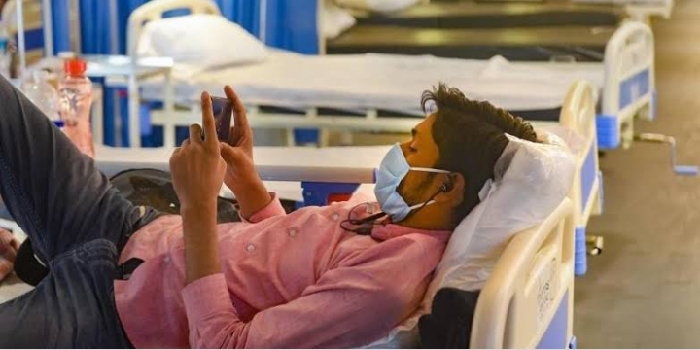New Delhi, Jul 13: India's macro-economic data presented a slightly grim picture as food prices pushed India's retail inflation higher in June, and lower manufacturing output slowed down the country's industrial production in May.
The two key economic macro-data points -- Index of Industrial Production (IIP) for May and Consumer Price Index (CPI) for June -- were released by the Ministry of Statistics and Programme Implementation on Friday.
As per the data furnished by the National Statistical Office (NSO), higher food prices accelerated India's June retail inflation to 3.18 per cent from 3.05 per cent in May.
However, on a year-on-year (YoY) basis, the CPI in June 2019 was lower than the corresponding period of last year when retail inflation stood at 4.92 per cent.
The Consumer Food Price Index (CFPI) inflated to 2.17 per cent during the month under review from an expansion of 1.83 per cent in May 2019.
Product-wise, the prices of milk-based items, egg, meat and fish increased in March YoY. In contrast, a deflation trend was witnessed in the cost of vegetables and pulses.
Prices of milk-based products rose marginally by 0.68 per cent, while egg became dearer by 1.62 per cent and meat and fish prices recorded a rise of 9.01 per cent.
On a sub-category basis, vegetable prices increased on a YoY basis in June to 4.66 per cent. The category of "pulses and products" became expensive 5. 68 per cent and that of "sugar and confectionery" (-)0.09 per cent.
In terms of IIP, the country's factory output growth eased in May 2019 as it rose by 3.1 per cent from a revised growth of 4.32 per cent reported for April 2019.
Even on a YoY basis, May's industrial production growth of 3.1 per cent was lower than the 3.8 per cent achieved during the corresponding month of the previous fiscal.
"The cumulative growth for the April-May 2019 period over the corresponding period of the previous year stands at 3.7 per cent," the Ministry of Statistics & Programme Implementation said in 'Quick Estimates of IIP.
Besides, the output rate of the manufacturing sector rose 2.5 per cent in May from a year-on-year (YoY) rise of 3.6 per cent. On a YoY level, mining production grew 3.2 per cent from a rise of 5.8 per cent and the sub-index of electricity generation was higher by 7.4 per cent from 4.2 per cent.
Among the six use-based classification groups, the output of primary goods, with the highest weightage of 34.04, grew by 2.5 per cent. The output of intermediate goods, which has the second highest weightage, inched up by 0.6 per cent.
Similarly, output of consumer non-durables rose 7.7 per cent, however, consumer durables slipped (-)0.1 per cent.
In addition, output of infrastructure or construction goods increased by 5 .5 per cent, but that of capital goods inched-up by 0.8 per cent. In terms of industries, 12 out of the 23 industry groups in the manufacturing sector have showed positive growth during the month under review as compared to the corresponding month of the previous year.
"The industry group 'Manufacture of wood and products of wood and cork, ex cept furniture; manufacture of articles of straw and plaiting materials' has shown the highest positive growth of 24.8 per cent followed by 15.9 per cen t in 'Manufacture of food products' and 9.4 per cent in 'Manufacture of computer, electronic and optical products."
"On the other hand, the industry group 'Manufacture of paper and paper pro ducts' has shown the highest negative growth of (-) 12.2 per cent followed b y (-) 9.9 per cent in 'Manufacture of furniture' and (-) 8.7 per cent in 'manufacture of fabricated metal products, except machinery and equipment'."
On IIP, Aditi Nayar, Principal Economist, ICRA said: "The sequential dip in industrial growth in May 2019 reflects the trend in core sector expansion, which offset the shallower drag from the contraction in auto production, as well as an improvement in growth of non oil merchandise exports."
According to Madhavi Arora, Economist, Edelweiss Securities said: "The CPI inflation ticks up to 3.18 per cent but remains overall benign... The uptick in June was largely led by sequential uptick in food components, while sequential increase in core components moderated."
"The food inflation seasonal uptrend will likely continue in the near term , albeit stay benign overall, partly reflecting structural change in food in flation dynamics."
Devendra Pant, Chief Economist, India Ratings and Research, said: "CPI inflation is likely to follow its gradual increasing trend in the first half of this fiscal and likely to touch 4 per cent mark in third quarter (mainly due to base effect).
"The August 2019 Monetary Policy growth inflation dynamics of Indian economy are evenly balanced," he said.






Comments
Add new comment